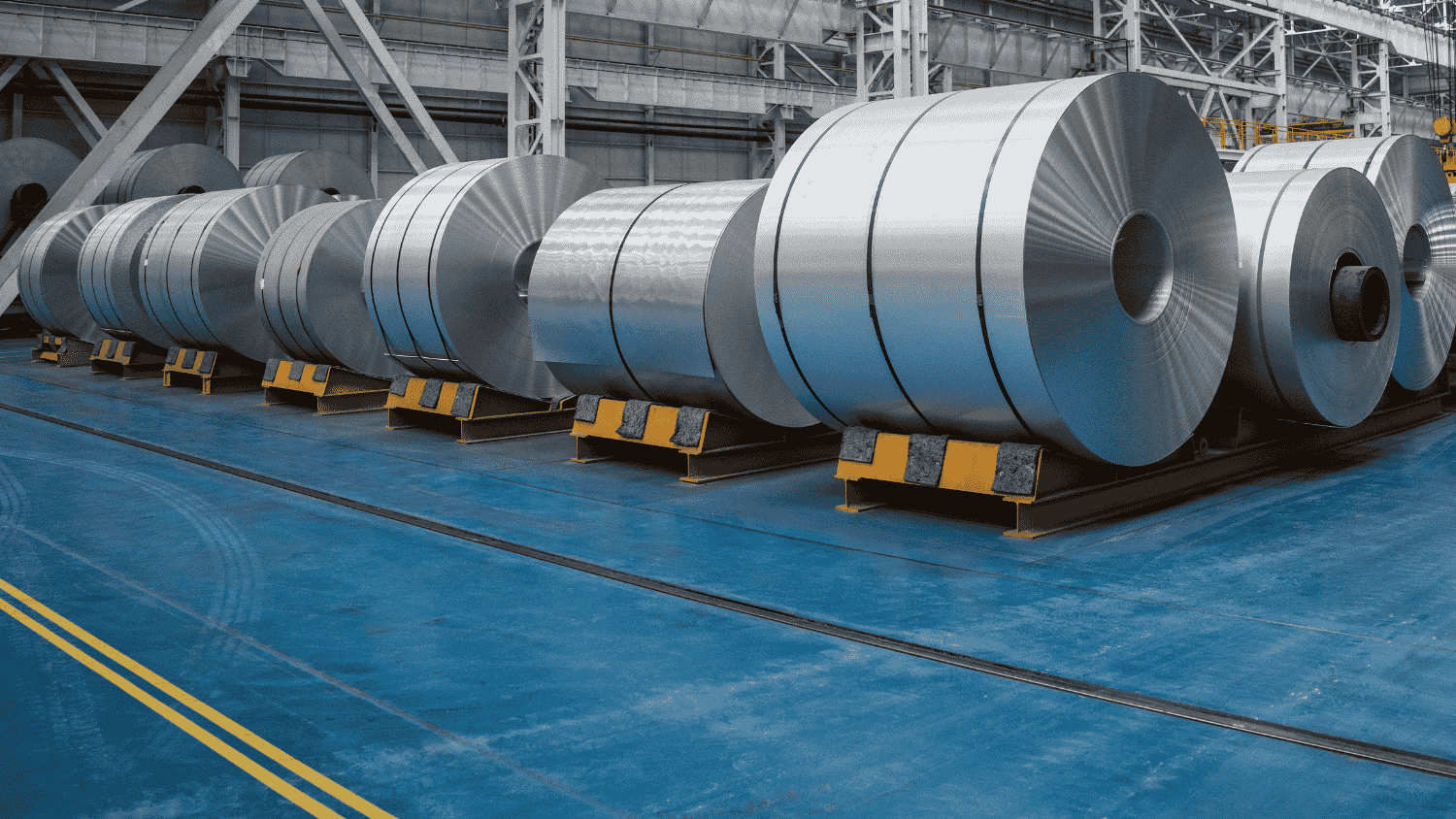Climate change issues and environmental protection creates the need to switch to cleaner source of energy. The main drivers of global greenhouse emissions are the transportation sector, generation of heat and electricity and powering our buildings (over 40% in total). Cutting down the global energy consumption from these sectors just by few percentage points may reduce emission of several megatons of greenhouse gas. But what if we use a fuel source that has zero emission while still keeping up with the continuously growing demand?
Hydrogen, the lightest element from the periodic table, can be the solution. Hydrogen is the ideal energy carrier having an energy density 3 times that of gasoline. Burning of hydrogen in the presence of oxygen releases 286 kJ/mol of energy and only water as a by-product – no CO2, particulate matter or other unwanted by products of e.g. fossil fuels.
“A regular 1 liter gas tank stores ~8.9 g of hydrogen at 100 bar (standard temperature), that’s an equivalent of around 1’100 Snicker bars.”
The concept of using hydrogen for stationary power, portable power and transportation applications etc. has led to the ideology of ‘hydrogen economy’ as part of the future low-carbon economy. Fuel cells have proven to be an efficient and clean mediating system to convert hydrogen to electricity with zero carbon emission. Thus, by using fuel cells in automobiles and large-scale hydrogen-based power plants, mobility and energy production will turn ecologically sustainable. As the energy density of hydrogen is manifolds higher than gasoline, using 1 kg of hydrogen can help cover over 100 km of distance for a light-duty vehicle (very economic diesel-powered cars use more than 4l/100km). The transportation service provider Flixbus plans to use hydrogen-powered buses on long-distance connections. Other interesting pioneers in the field of large-scale hydrogen usage are Voestalpine zero-emission decarbonization and South Korea’s plans for three hydrogen cities. Despite the advantages offered by hydrogen and fuel cells, its outstanding potential has so far not been totally exploited yet. The one of the main limitations is the hydrogen storage technology available today. Therefore, engineering cheaper, safer, and better hydrogen storage units is the key to fully realizing the ‘hydrogen economy’ for a greener future.
 Hydrogen has a very low density (0.08 kg m-3) at atmospheric pressure and a low boiling point (-252.8 C). As a result, hydrogen storage requires high pressure (700 bar tank pressure) and very low temperature.Some of the drawbacks of this process includes poor energy efficiency and loss of hydrogen overtime. Also, pressurised storage at 700 bar are difficult to employ in infrastructure, as 350bar (for compressed natural gas (CNG)) is the standard operating pressure worldwide of existing infrastructure at gas stations.
Hydrogen has a very low density (0.08 kg m-3) at atmospheric pressure and a low boiling point (-252.8 C). As a result, hydrogen storage requires high pressure (700 bar tank pressure) and very low temperature.Some of the drawbacks of this process includes poor energy efficiency and loss of hydrogen overtime. Also, pressurised storage at 700 bar are difficult to employ in infrastructure, as 350bar (for compressed natural gas (CNG)) is the standard operating pressure worldwide of existing infrastructure at gas stations.
Over the last few decades, efforts have been made to store hydrogen in a safer and compact way. One of the highly advantageous methods is by using solid materials, which broadly encompasses the following class of materials-
- Interstitial hydride (LaNi5H6)
- Complex hydride (NaAlH4 )
- Chemical hydrogen storage (NH3BH3)
- Adsorbent (activated carbon, zeolites)
Using interstitial and complex hydrides can help advance hydrogen storage without demanding low temperature or high pressure. However, the poor storage capacity and the irreversible hydrogen storage are some of the issues preventing its commercial implementation.
 The principle of hydrogen storage within adsorbent materials relies on the weak physisorption forces. Using materials such as zeolites and activated carbon offer the advantage of storing hydrogen under ambient conditions. However, because of the weak physisorption forces of hydrogen at ambient temperature are very weak, insufficient densification of hydrogen is achieved; ultimately reducing the driving range in automobiles.
The principle of hydrogen storage within adsorbent materials relies on the weak physisorption forces. Using materials such as zeolites and activated carbon offer the advantage of storing hydrogen under ambient conditions. However, because of the weak physisorption forces of hydrogen at ambient temperature are very weak, insufficient densification of hydrogen is achieved; ultimately reducing the driving range in automobiles.
Another class of hydrogen adsorption material are metal-organic frameworks (MOFs). MOFs can be designed to have high hydrogen binding enthalpy, in the range of 15-20 kJ/mol. Higher hydrogen binding enthalpy translates to higher storage capacity.
- High surface for enhanced adsorption
- Ease of engineering the pore environment and increasing the number of adsorption sites
- Reversible usage of material
Due to the high energy density and environmental perks siphoned from hydrogen as a source of fuel, the industrial drive to deliver hydrogen for a competitive price on par with gasoline is growing rapidly. For the commercial implementation of hydrogen as a daily-go-to fuel for light-duty fuel cell vehicle, the Department of Energy, USA, estimates the cost of hydrogen to reach $ 4/ (gasoline gallon equivalent) at pump and the storage system cost to be 300 ($/kg H2) by 2025. You can read up on all DOE requirements here: DOE Technical Targets for Onboard Hydrogen Storage for Light-Duty Vehicles.
Record-high hydrogen storage for on-board automobile application
Scientists from UC Berkeley have engineered a remarkable Nickel-based MOF recently, which shows a volumetric capacity of 11.0 g/L, between 100 and 5 bar, at 25 °C and 23.0 g/L with a temperature swing between −75 and 25 °C, thus, holding the record efficiency for hydrogen storage capacity at ambient temperature. Engineering the pores such that the Ni is highly polarised increases the binding energy of hydrogen to the surface. This results in dense packing of hydrogen and a larger adsorption capacity. Due to these factors, the pore engineered Ni-based MOF shows great potential to fulfil the requirements of the DOE for hydrogen storage. The importance of diligently designing the pores is crucial for gas storage in MOFs and this work sets forth an exemplary for pore engineering.
“A 1 liter MOF gas tank stores ~24 g of hydrogen at 100 bar (standard temperature), that’s an equivalent of around 2’900 Snicker bars. 3x as much storage in the same space!”
Exceptionally high-surface area MOF for hydrogen storage
To enhance the gas uptake in a MOF, the number of adsorption sites needs to be increased. Expanding the organic linkers of the constituting building block is the most common way for achieving it. As opposed to the idea, this is not easily attainable as longer organic links tend to be more fragile. Furthermore, longer links produce self-interpenetration challenges, which also reduce the number of active adsorption sites.
MOF researchers have circumvented these challenges to produce the Zinc-based MOF-210 with an exceptionally high BET surface area of 6240 m2g-1. The researchers chose the linker such that its dimensions resulted in the largest possible pore volume. The calculated gravimetric hydrogen density of MOF-210 was found to be 176 mg g-1.
Side note: Another benefit of this MOF is a large storage volume for CO2. The CO2 uptake is about 2400 mg g−1, exceeding the outstanding CO2 adsorbing MOF so that the Cr-based MIL-101c. Capturing carbon could be another application for this MOF.
3D printed MOF composites for hydrogen storage
Making MOFs for different applications sometimes requires complex geometry of the material. Processing of these geometries can be challenging as it involves intense materials processing such as forming, molding and extrusion in the industry. But what if we can print them?
Scientists have 3D printed MOF-5, a Zinc-based MOF along with the ABS polymer (acrylonitrile‐butadiene‐styrene) to form a composite of desired geometry. The composite is thermoplastic in nature and can thus be reshaped multiple times. The functionality of the MOF as well as the physical and mechanical properties of the polymer remained unchanged. The hydrogen adsorption capacity of the composite can be tailored by simply altering the ratio of MOF to polymer. The 3D printed composite offers an add-on benefit of preventing the moisture induced degradation of MOF.
As 3D printing technologies have been gaining wide interest due to their versatility to produce materials of complex geometry efficiently and relatively fast, MOFs have gained another promising route to help accelerate their applications in the industry.
Wrap-up
As hydrogen-powered fuel cells are becoming more powerful, the automobile and energy sectors are drifting towards hydrogen as an alternative and greener source of energy. However, to make hydrogen more usable as a source of fuel, it is crucial to work out the cost matrix. Providing hydrogen at a competitive price head on with gasoline helps facilitate the transition and promotes the usage of hydrogen-powered systems. For a wide-spread implementation of it, high storage capacity is the most important factor that needs to be addressed. As the major chunk of the calculated hydrogen cost goes into the storage systems, it is quintessential to engineer and commercialise materials that can reduce the cost of storage without requiring very low temperatures or high pressure.
An optimistic and promising solution might be around the corner as the chemical designing of MOFs have advanced to enhance their hydrogen storage capacity at ambient conditions. This helps in eliminating the energy-intensive pressure-temperature swing process. Commercial and cost-effective production of MOFs combined with their potential to promote the hydrogen economy ticks all the boxes of sustainable energy, increased industrial revenue, and cleaner environment. Therefore, hydrogen stored within MOFs could be a way forward leading to a better future.




